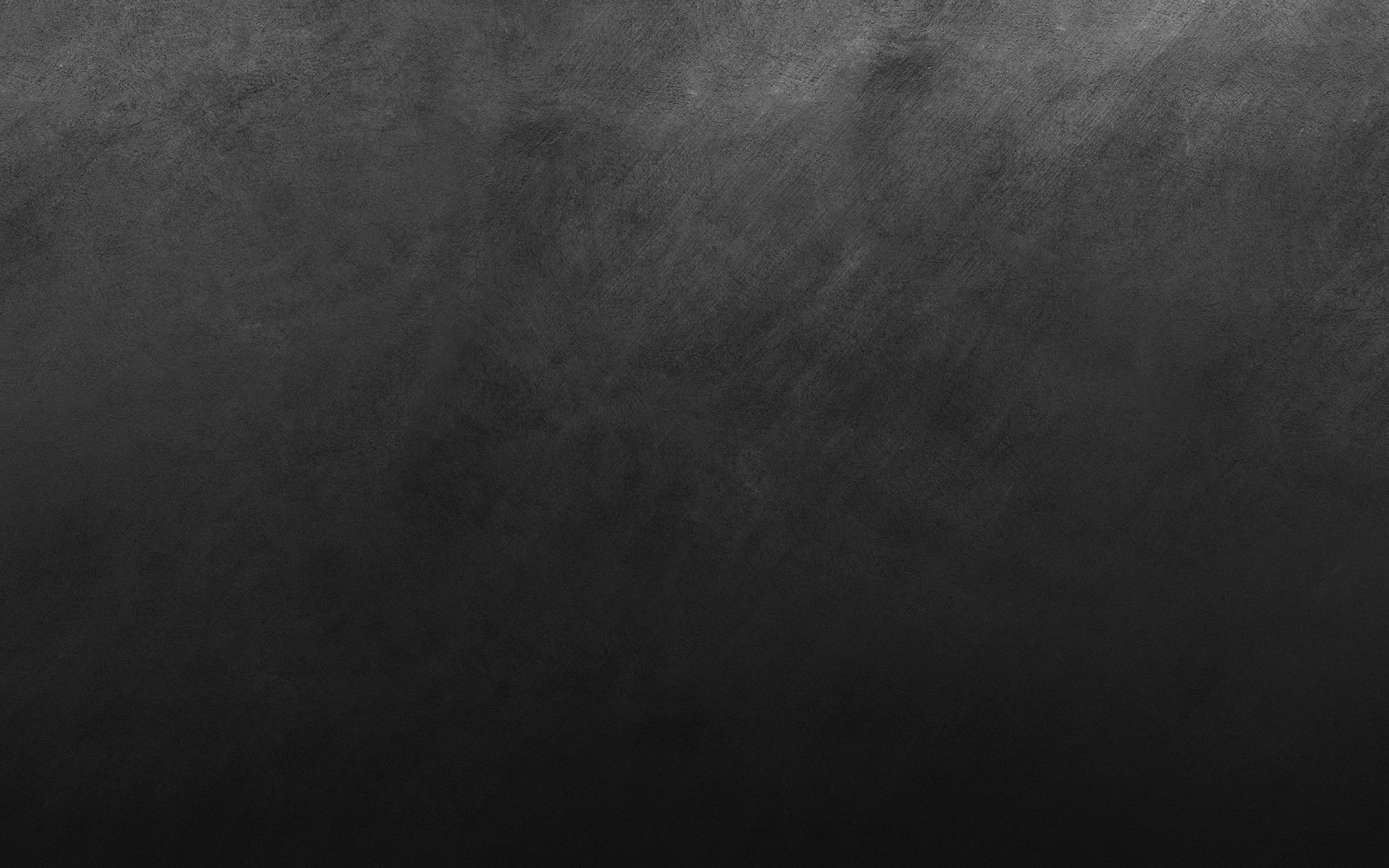Wall-Covering Removal
Wallcovering removal: It’s a nightmare, right?
As with most things in life, proper preparation is the key. When it comes to wallcovering removal, preparation is the single most important detail, one you hope your installer took into account.
Wallcovering generally and most particularly wallcovering removal has gotten a bad rap largely due to shortcuts taken by contractors in the installation. Anyone who has endured the task of removing wallcovering from an improperly prepared surface is usually left with the idea that wallcovering is for the birds and resolved to never install wallcovering again. But, it doesn’t have to be that way.
The single most important determinant in wallcovering removal is how the surface was prepared. Critical to the proper preparation of a surface to receive wallcovering is the correct primer. Primer serves multiple purposes including; promoting proper adhesion, inhibiting mold and bacteria, stabilizing the substrate and providing a moisture barrier. These last two functions of primer are key to successful and easy removal, and where the correct primer must be used. Paint primers and wallcovering primers offer different characteristics and performance. Paint, being a decorative / protective film, is not subject to the same stresses that wallcovering will put to a primer. Therefore, wallcovering primers offer a more substantial bond by penetrating into the wall rather than lying on top.
Gone are the days or the arm-scorching steamer used to remove wallcovering. Today we have water based removing solutions and tools for getting moisture to the adhesive without risking the burns and fatigue associated with steamers. In many cases the wallcovering will readily absorb the removing solution which is applied with a typical garden sprayer. The mild cellulose solvents in the solution reactivates and softens the adhesive allowing for easy removal by with a drywall spatula. In other instances the wallcovering is of a vinyl type that will not allow moisture to penetrate making it necessary to employ one of the specialized tools for getting the moisture into the wallcovering. The Zinsser Company offers a tool called the “Paper Tiger” which, when used correctly, will perforate the material face with thousands of tiny holes and save the wall behind it. It will however wear out your arms!
Here’s where the importance of a properly primed surface comes in. Without the stability in the substrate and the moisture hold-out of a wallcovering primer, the removing solution moves right through the wallcovering and adhesive and goes deeper and deeper into the wall surface. As you scrape and peel the wet wallcovering you start to remove drywall face paper, and possibly more, damaging the wall surface necessitating major repairs. If you have a wallcovering removal project confronting you and you just don’t know how to start, here’s a short list of steps to take:
1) Determine your wallcovering type. If it is a paper wallcovering it should readily absorb moisture and you’ll be on your way quickly. If the wallcovering is a laminated vinyl/paper type you may be able to peel (de-laminate) the thin vinyl face before you start soaking. There will be a soft yellowish paper left behind that will absorb the solution and usually remove easily. Finally, if the wallcovering is a solid vinyl or metallic (foil) again you may be able to de-laminate the face. If you cannot remove the face of the wallcovering to get at the backing paper, it’s time for the Paper Tiger!
2) The wallpaper or backing paper must be soaked completely and repeatedly – all the way through so as to soften the adhesive. This can take many, many soakings. Have lots of drop cloths, towels, rags, old sheets, etc. on your floors and counters to catch the runoff. The best soaking method is a pump-up “garden sprayer” filled with hot water and wallpaper removing solution such as the Zinsser Company’s “DIF”, available at your local Home Depot or Lowes.
3) By now you may have puddles of removing solution on your drop cloths and streams of it running down your arms, neck and back but it’s a fact, If your wallpaper is not coming off – it’s not wet enough. Continue wetting the wallcovering allowing some time for the solution to soak-in and repeat. Until sufficient moisture gets to the adhesive, the wallcovering will not come off of the wall, period.
If you still can’t get the wallcovering to come off follow these last few tips:
1. Call Reeves PaperHanging, Inc
2. Make appointment for our free Removal Evaluation and Quotation.
3. Relax and let Reeves PaperHanging, Inc take care of it for you.
It is sometimes the case that taking the wallcovering off is a losing proposition. Depending on what finish is desired after the wallcovering is removed, there are a number of ways the surface can be prepared without removing the wallcovering.
With over 40 years experience in the valley there are few situations we haven’t seen and none we can’t tackle. Wallcovering offers design and decorating options unequaled by other finishing products. Don’t let a bad removal experience prevent you from realizing the many unique and exciting opportunities that today’s wallcoverings offer.


